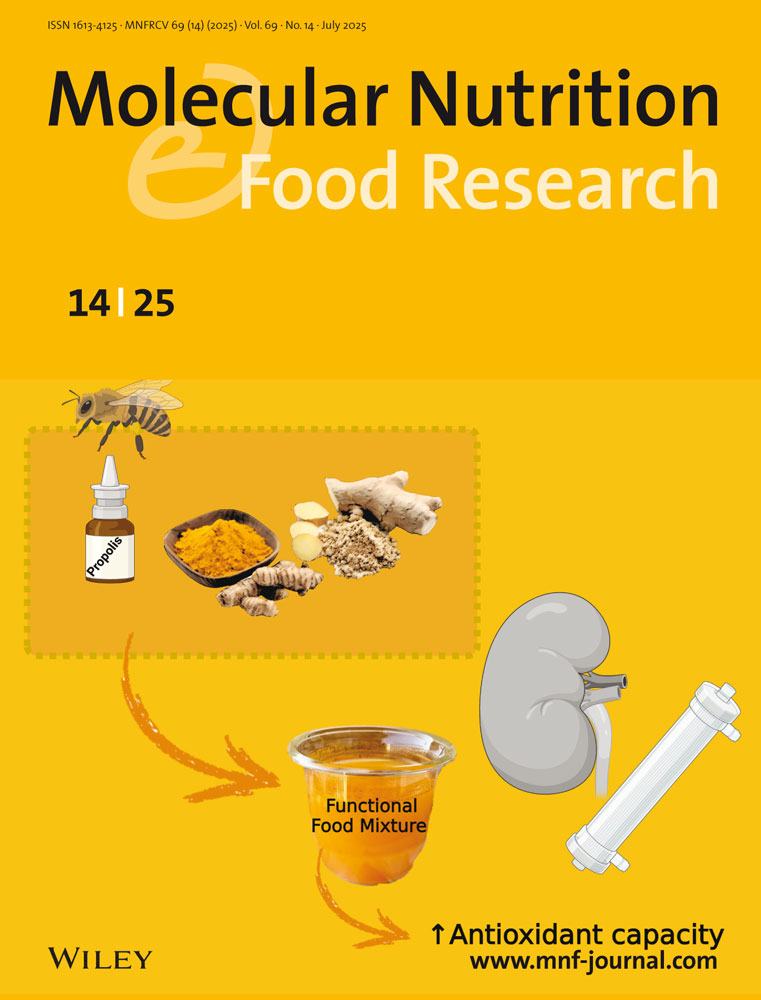Ultrastructure of o/w emulsions stabilized by faba bean protein isolates
Abstract
enAn ultrastructural comparison is given for dispersions of a protein isolate (FBPI) from faba beans (Vicia faba L.) and its highly acetylated derivative (AFBPI) as well as for various o/w emulsions stabilized by FBPI and AFBPI. Both protein isolates contain substantial amounts of surface-active phospholipids (about 3%) which occur as vesicles (diameter 30 … 500 nm). Their membranes and rather cores contain protein. Interfacial protein layers of Triolein/Water-emulsion droplets possess smooth external surfaces and rather coarse internal surfaces with peculiar paracrystalline structured areas. Tangible differences are found in the droplet-size distribution and ultrastructure of sunflower-oil/water emulsions due to both the homogenization process (high pressure homogenizer or ultrasonic disintegrator) and the acetylation of the isolate. The modification by acetylation increases the emulsifying activity of the isolate and prevents the strong aggregation of oil droplets observed in FBPI-stabilized emulsions.
Abstract
deUltrastruktur von O/W-Emulsionen stabilisiert durch Proteinisolate der Ackerbohne
Ergebnisse vergleichender Untersuchungen der Ultrastruktur von Dispersionen aus einem nichtmodifizierten Proteinisolat (FBPI) und einem hochacetylierten Derivat (AFBPI) der Ackerbohne (Vicia faba L.) sowie damit stabilisierter Emulsionen werden vorgestellt. Die in den Isolaten enthaltenen grenzflächenaktiven Phospholipide (ca. 3%) bilden im wäßrigen Medium Vesikel mit Durchmessern zwischen 30 und 500 nm. Ihre Membranen und Kerne enthalten Protein. Die proteinstabilisierten Grenzflächen von Triolein/Wasser-Emulsionen haben glatte Außen- und rauhe Innenseiten mit zum Teil parakristallinen Bereichen. Unterschiedliche Homogenisierverfahren (Hochdruck und Ultraschall) ais auch die Acetylierung des Proteinisolates führen zu deutlichen Unterschieden in der Tröpfchen-größen-Verteilung und in der Ultrastruktur von Sonnenblumenöl in Wasser Emulsionen. Das acetylierte Isolate besitzt eine deutlich höhere Emulgieraktivität und verhindert die in FBPI-stabilisierten Emulsionen beobachtete starke Flockung der Tröpfchen.




